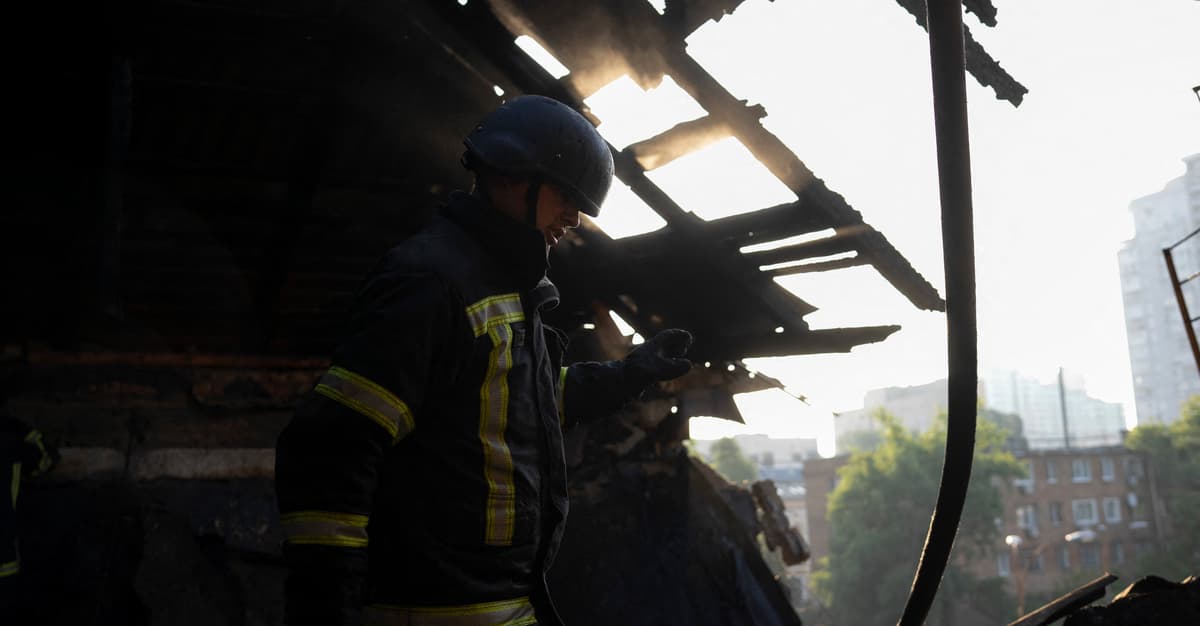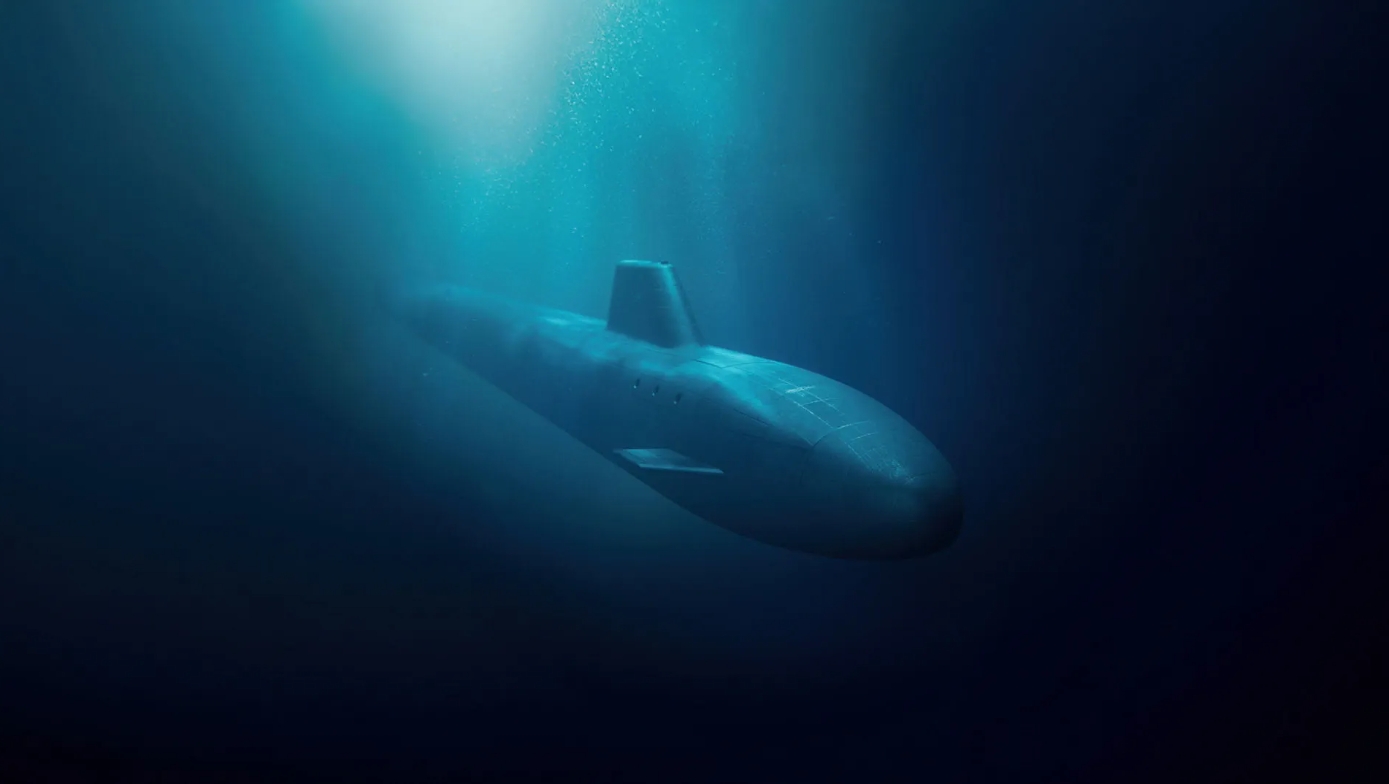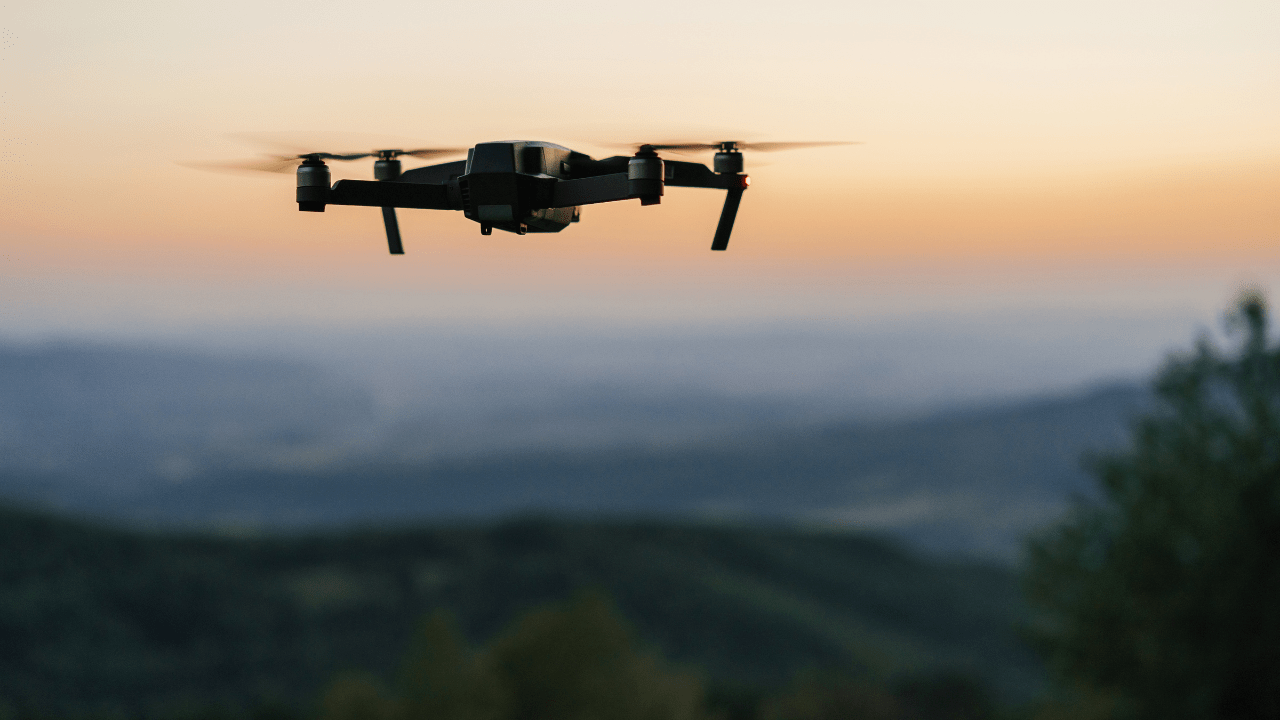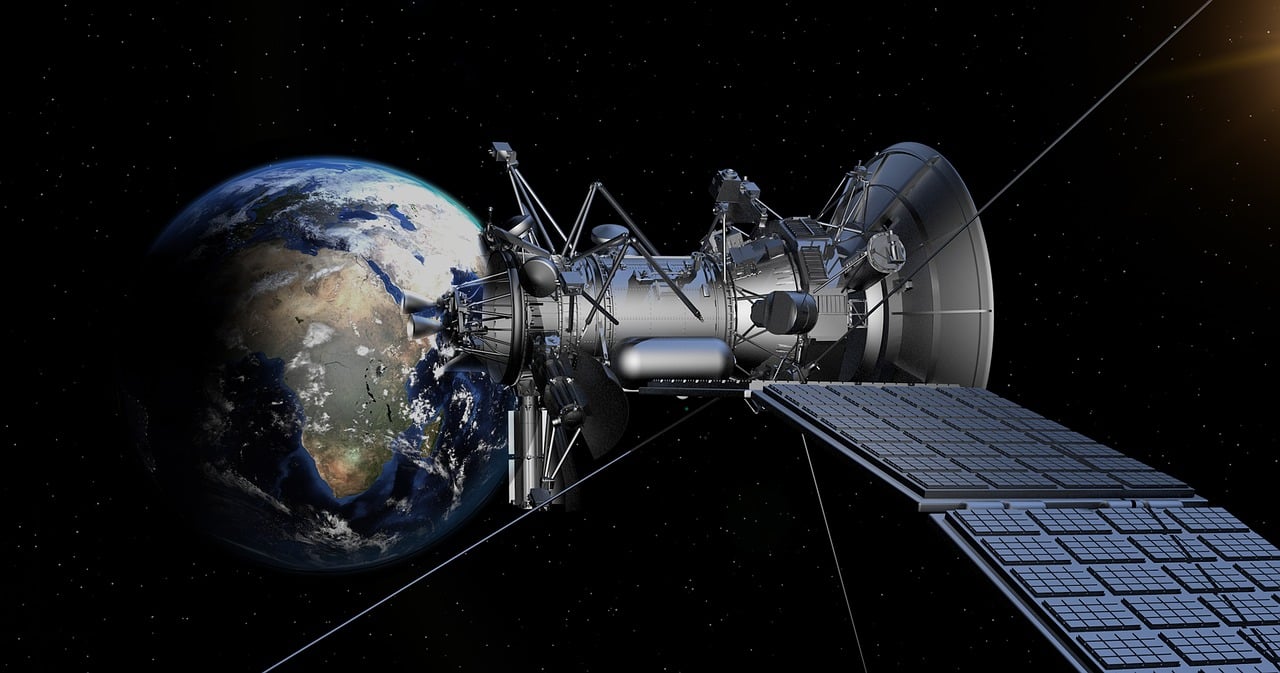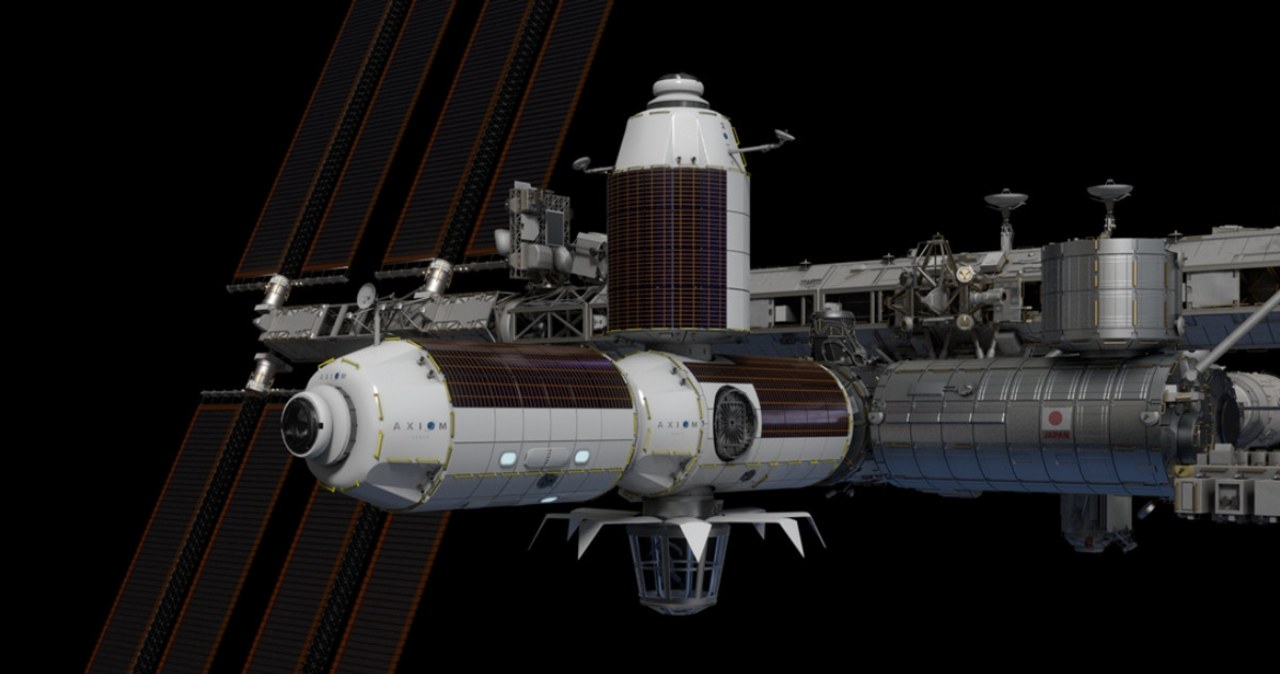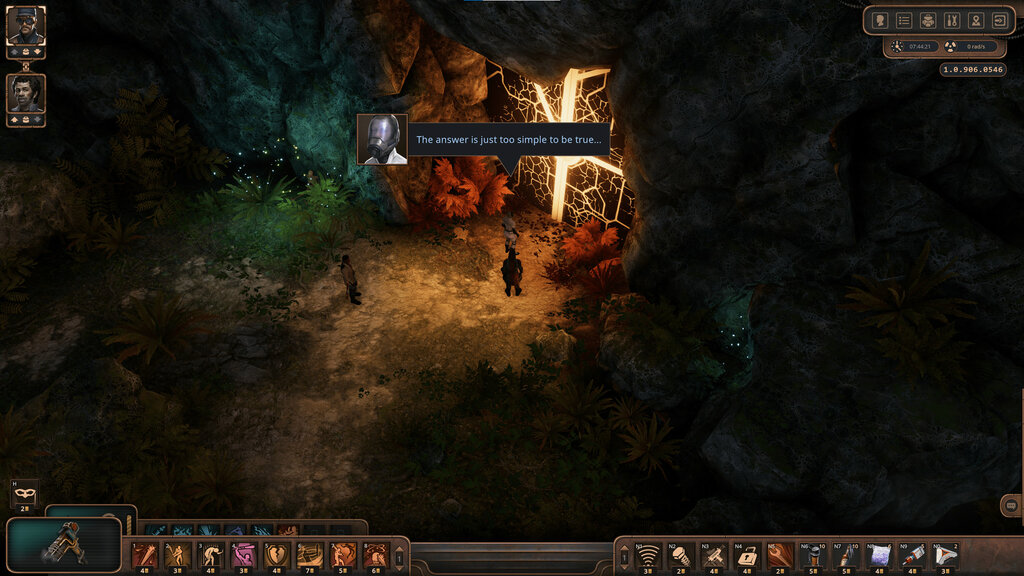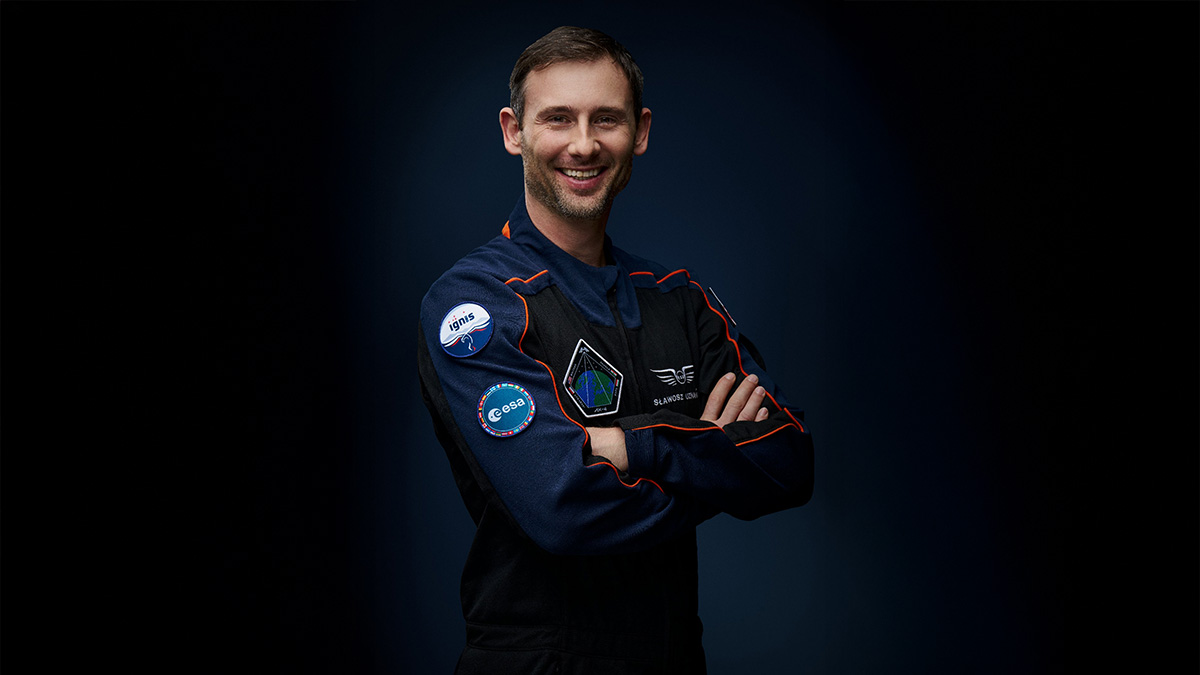Chapter II. Blockposts
As the presence of civilians in the combat region is inevitable, modern armies usage various types of methods to deal with this “humanitarian problem”. From organizing assistance and the average life of civilians (as it was in Afghanistan during a coalition intervention, where the military cared for infrastructure, provided water, but even organized and protected schools) to plowing the problem together with civilians (the strategy applied by Israel during the last intervention in the Gaza Strip – civilians were given an ultimatum to leave certain quarters, then systematically equalized them with the ground whether or not they remained there).
An component of the strategy organized life of civilians and their coexistence with theatre-fighting parties are blockposts. I have mentioned them many times, due to the fact that for me it is simply a natural component of the warscape. But you have no cognition of them. Blockpost is not a police blockade, which you can sometimes encounter on Polish roads, usually due to road closure by accident. Blockpost is an institution. It is worth looking at and learning about the general rules governing it.
In a soldier's language, the blockpost, as the name implies, is simply a checkpoint established on the road. Blockposts can be permanent and mobile. Fixed blockposts are usually equipped with architectural chicanes that force passage through blockpost slalom, very frequently only in 1 direction. At that time, the movement on this block takes place shuttlely. These architectural chicanes can be concrete blocks, big-bags containing respective cubic meters of land, anti-tank dams (the alleged hedgehogs), fallen trees – word, everything that can be arranged rapidly and will have the character of a barricade that can be stopped or slowed down by armored vehicles. Mobile blocks are organized ad hoc checkpoints on the road, where traffic retarders execute vehicles of control services. And usually they will not be police cars (although it cannot be ruled out), but humviks, usually weighing a minimum of 3-4 tons.
Permanent blocposts are mainly controlled in the scope of their civilian vehicle traffic. In the area of combat and its vicinity, the fighting parties depend on having all the movements of civilian vehicles under control. In addition to regular troops, the modern war has to do with the struggles of various reconnaissance-diversity groups, which, looking like innocent civilians, origin confusion behind enemy lines and collect and transmit information. possibly in the possible conflict of the Polish-Russian diversion groups will have little usage due to the smaller number of people on both sides fighting, who, due to the fluent cognition of the enemy's language and culture, can unnoticeably “enter” into the community behind the front lines, but peculiar operations always take place. And 1 of the main tasks of the blockposts is to filter out the movement of civilians and get people and behaviour of a suspicious character out of it.
Do you remember what a surprise our hero Tomek met on a block close the German border? That's what blockposts are made for. To control who, where, and for what purpose, moves around under surveillance.
Fixed blocks frequently have their own infrastructure. Usually, they will be simple rooms – barracks, earthlings – where soldiers who service on blockposts can remainder after change, warm up or eat. Be assured that on our blockposts no 1 will refuse you a cup of coffee or tea or any another aid available at a given location. Blockposts is besides the center of information exchange. Do not number that on the blockpost in a region closely close to active armed action individual will outline a strategical situation on the front with the deployment of action theatre actors involved, but you can always ask what awaits you on your further journey. You are besides an interesting origin of information for soldiers serving on the blockpost. You're going from a place where they're not. So you can always rise their situational awareness of what is happening on the road you have overcome.
Driving along an unknown road, you must always anticipate to meet at the least anticipated place of the blockpost. Although opposition blocs should not be located close civilian buildings, critical infrastructure elements, at the edge of the town, the practice can be very different. I've seen a blockpost a twelve yards from the gas pipes that were brought out of the ground. It should be given justice to oversee the Ukrainian army that this suicide blockpost did not last longer than a week. It was moved almost 2 kilometers away. That doesn't change the fact that you can enter the blockpost at any time after dark that is not before.
Blockposts in and around the armed region will always be more or little masked. If they are to act as opposition points in the event of contact with the enemy, they cannot shine distant like a Christmas tree and be decorated with wide barriers to white-red stripes. I think it's obvious. The block of posts distant from the action region should be marked someway so that they do not enter from momentum, especially at night. But believe me, caution will never be met. Especially since you can meet blockposts little and more official.
authoritative blocs will be organized by the army and police. But who will forbid the agrarian self-defense group to make a blockpost on entering their village? I think there's gonna be quite a few spontaneous action like that. People will want to have any sense of control over what is going on around them, and specified spontaneous agrarian barricades are just 1 of the tools that gives a sense of even a small security. That there is any barrier that individual is guarding her day and night, and at least she will strike a proverbial bell erstwhile the full village is asleep and the enemy will stand at her gates.
Of course specified a spontaneous bottom-up blockpost is not a fortified place. In the event of an enemy attack, it will empty faster than a hollow bucket. It's obvious. With a shotgun, a shotgun or a bottle of gasoline, no 1 in their right head will defy approaching tanks. Nevertheless, erstwhile travelling on no one's land, “behind the front lines”, making detours of frequented and blocked roads should be considered these village fortifications. And there's nothing to take care of, that the residents standing on them may want to see your papers or the contents of your trunk. Look, they're as frightened as you are. possibly even more. due to the fact that they live here, and you're passing through. aid each other, be kind to each other. And not just during W. And all day.
Passing through any blockpost is linked to respective rules. First of all, you're coming up to the blockpost slowly. Everyone's tense and alert, so don't lift the tension by getting to the blockpost like an charging rhino. And if you're driving on an unknown road and you're counting on the blockpost being anywhere, you're driving slow enough. Average travel times during the state W will extend twice on the same routes in relation to the times of peace. At least twice. It may besides turn out that the routes utilized in the time of peace are impenetrable, for example, the enemy's columns decision them. Doesn't mean you can't go around them in silence, bacon, and wood. Relax – we are not panicking. The war is not only a twenty-minute beginning series of “Ryan the Sheriff” with a landing on Omaha beach. Modern warfare is alternatively a constant combination and gathering of information. And tanks will not push on narrow forest roads, which lead through bridges with a burden capacity of 10-15 tons. Isn't it?
The usage of detours will extend the usual travel times. Even 4 times, possibly longer. No substance where, what and how you're going. You're going slow. mostly travelling in a region at hazard of contact with the enemy (or theirs – they will besides be amazed to meet you, and all civilian falling into an area covered by activities even of a preparatory character is the 5th wheel at the car), you drive slowly, with open windows, off the radio, without any headphones, without a video recorder. If you can turn off the lights, so can the daytime. If you cannot turn off the daytime lights, consider taking out the fuse that is liable for lighting them. I know driving without lights at night is hardcore. Don't drive at night. Especially since the curfew is likely to apply at night. But it's better to drive a small bit after dark looking for the roads than to shine 2 kilometers like a comet for everyone sitting in the woods nearby.
Open windows are valid at any time of year. There's no cold or hot. What if you hear a tank, a plane, BMP? And the shots? erstwhile will the bullets start beginning your car? Moreover, if you are not alone on board, the passengers do not sit on the phones (maybe in addition to the navigator who will effort to catch the maps) only follow the forefield. Yes – they look at the road, looking at objects specified as: bushes, tall grasses, approaching side, treed dukes, forest edge, ba – even fields. I saw a tank company in a plowed field. They're just standing there covered in dense branches. No 1 wondered what respective places with thick bushes were doing in the plowed field. Your landing (i.e. passengers) is already prejudiced that in arable fields, no bushes grow all 50 metres. Your landing is doing what you as a road-focused driver can't do. He's looking for unusual things. Happiness must be helped.
You drive slowly, you announcement the blockpost. If you utilized the passing lights, you turn them off. You don't shine the lights on the soldiers in the blockpost due to the fact that they won't see anything. You can turn on the emergency, but only on arrival at the blockpost. The flashing lights in the dark eat the brain in a very short time. Having noticed the blockpost, you must turn on the light inside the vehicle. The cast of the blockpost is to see you and your passengers and that you are no threat. On the commute to the blockpost, especially after dark, you don't gotta see the cast. Although the usual practice is that under conditions of limited visibility – nightfall, rain, fog – on the blockpost will give you a light signal that you are approaching the blockpost. Pay no attention to the colour of the light. Soldiers or partisans on the blockpost will more frequently have a white flashlight or even a cell telephone with a lamp than a police red glowing baton to salute God's spirit of guilty drivers. There's a war.
Immediately after you announcement the blockpost, you take your telephone off the handle on the window and hide it. Blockposts are not filmed – no way. The telephone on the handle is simply a suspicious substance and a request for careful control or even bigger problems.
Having reached the blockpost slowly, you halt as a sign given by the on-caller. Hands on the wheel, grin on the face, papers lying in the visible position in the car. From that minute on, the master of the situation is simply a soldier or guerrilla, and you just follow his orders and talk to him nicely. You're not carrying a trunk full of mines, grenades and rifles. The question is, “Do you have a gun?” you can always answer with a smile: “Unfortunately, I don’t, can you give me?” specified a soldier's humour will reliably relieve the most tense situation.
“Well, well” – you will ask – “what about passing enemy blockposts”? I knew you'd ask. Well, I won't soap your eyes. It won't be easy. The rules are the same as for own blockposts. possibly you just request to pay more attention to digital hygiene. No gadgets – smartphone, tablet, laptop. Nothing to attract the attention of the occupiers: jewelry, earrings, bracelet rings. It's beautiful obvious, but it's worth repeating. And it takes quite a few luck.
First, it takes luck not to shoot in the driveway to the blockpost. It could happen. Second, you should be fortunate to find any decent people. They happen there too. Thirdly, you should be fortunate to find a good temper for the cast of the blockpost – they can yet pass, but they don't have to. They can give a detailed look at the luggage and search the people, but they don't have to. They can hold on forever, they can let go fast. They can consult the authorities, and they can make their own decisions. As you can see, there are many variables and hazard factors. So it is definitely good to avoid this kind of roulette and pass enemy blockposts only erstwhile there is no another way to get from point A to point B.
But if you gotta drive through enemy blocs, don't be a badass. erstwhile the enemy asks you about the positions of Polish troops, their number and kind, tell the truth. You don't have to, of course, confess all the known truth, but give any real details of which you are 100% convinced. Which is the best you've always seen. You won't betray large military secrets, and these kinds of questions can simply be a verification of your sincerity.
In these days, the military does not request much of an enemy line of Indian scouts. Today, there are far better ways to get information than to ask women at the bazaar. So tell me what you know and don't lie. They could know a lot more than you. Don't be like Anna – she's definitely lost her mind, telling an imaginary communicative about the alleged Polish company sitting in an ambush behind the village. Think about it, what if a scouting officer decided to take 2 bikes and send 2 fighters for further reconnaissance of hostile positions? Or fly a drone to the edge of the village? You don't think he could hazard losing 2 soldiers? He's not you, there's quite a few that “other material” in him. And that is the function of the commander – take risks. due to the fact that if you don't hazard it, you don't drink champagne. Anna had quite a few soldierly happiness, though she did not aid him in this peculiar situation. On the contrary, she decided to check his boundaries. We did it. But she risked her life. Don't do that.

